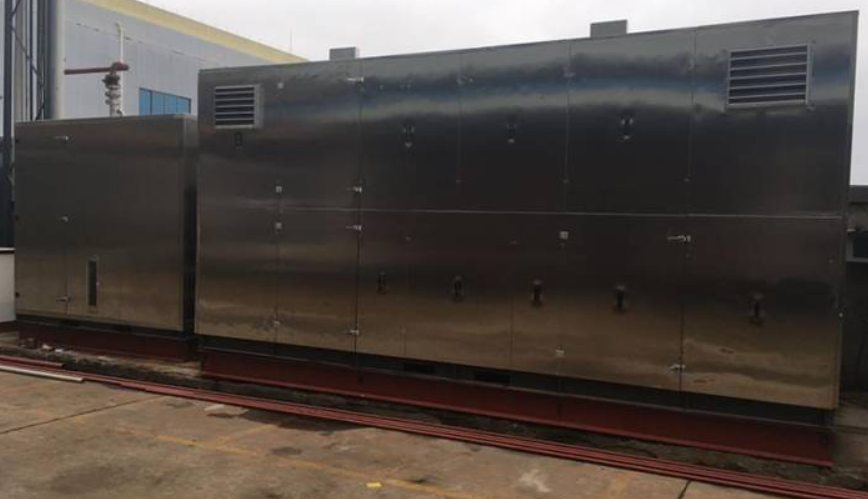Table of contents
Volatile organic compounds (VOCs) are organic chemicals with high vapor pressure at room temperature. They are commonly found in a variety of products, including paints, solvents, and cleaners. While VOCs are essential in many industrial processes, they can pose serious health risks and environmental concerns. This is where VOC abatement systems come into play.
VOC abatement systems are technologies designed to reduce or eliminate VOC emissions into the atmosphere. These systems are critical to industries that produce or use VOCs because they help comply with environmental regulations and improve air quality. The main goal of these systems is to capture and treat VOC emissions, preventing them from being released into the environment.
Types of VOC abatement systems
There are many types of VOC abatement systems, each tailored to specific industrial needs. Some of the most common methods include:
Adsorption: This process involves capturing VOCs onto the surface of a solid material, usually activated carbon. The adsorbed VOCs can then be desorbed and processed so they can be safely disposed of or recycled.
Thermal oxidation: In this method, VOCs are burned at high temperatures, converting them into carbon dioxide and water vapor. This is an effective way to reduce VOC emissions, but requires a large amount of energy input.
Catalytic oxidation: Similar to thermal oxidation, this method uses a catalyst to lower the temperature required for VOC combustion. This makes it a more energy-efficient option for VOC reduction.
Biological treatment: This innovative method uses microorganisms to break down VOCs into less harmful substances. It is particularly effective against specific types of VOCs and is considered an environmentally friendly option.
Condensation: This method cools a gas stream containing VOCs, causing the compounds to condense into a liquid. The condensed VOCs can then be collected and processed.
The choice of a VOC abatement system depends on a variety of factors, including the type and concentration of VOCs, regulatory requirements, and the specific needs of the industry. Implementing an effective VOC abatement system not only helps comply with environmental laws, but also increases workplace safety and improves overall air quality.
As industries face increasing pressure to reduce their environmental impact, the need for effective VOC abatement systems is increasing. Companies are investing in advanced technologies to ensure compliance with regulatory standards while promoting sustainable development.
Why choose Dryair
DRYAIR is one such company that is leading the market for home dehumidifiers. With a reputation and sales that far outstrips its competitors, DRYAIR has become a major player in providing humidity control and air quality improvement solutions. Its products are used by customers around the world, demonstrating its commitment to quality and innovation.
DRYAIR’s expertise in air management extends to VOC abatement systems, and they provide customized solutions to meet the specific needs of different industries. By integrating advanced technologies and a customer-centric approach, DRYAIR ensures that companies can effectively manage VOC emissions while remaining compliant with environmental regulations.
In summary, VOC abatement systems are essential for industries that deal with volatile organic compounds. They play a key role in protecting human health and the environment. As the demand for effective air quality solutions continues to grow, companies like DRYAIR are leading the way, providing innovative products and services that help businesses thrive in a sustainable way. If you are looking for reliable VOC abatement solutions, consider partnering with DRYAIR to enhance your air quality management efforts.
Post time: Mar-29-2025






